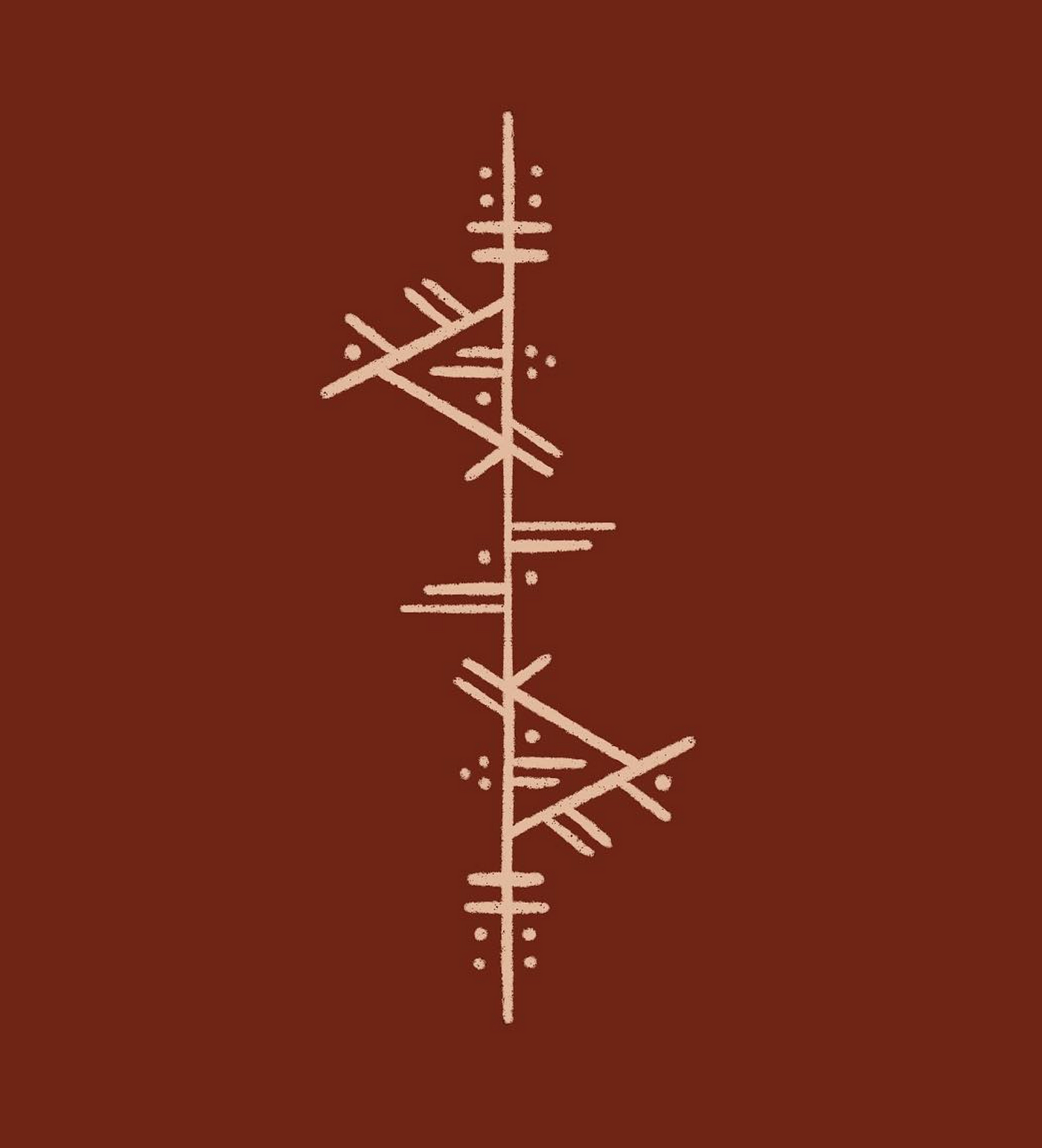People from communities of color are underrepresented in publishing. Our books make up less than six percent of the titles released each year, and that’s despite a century of fighting against the gatekeepers. The results of this systematic exclusion are clear: we are also elided from the national conversation, starting in elementary school. Those who live in this country are trained by textbooks, libraries, classrooms, TV, cinema to see US life as almost exclusively white. Certainly literary and intellectual life are constructed to make us invisible, and that project is complicit in promoting the racist white hegemony that is even now morphing into white nationalist fascism.
As a Mexican American who writes for both children and adults, I grapple with the consequences of this elision in multiple contexts. One of the most poignant for me is the view of the future that the publishing world has constructed in science fiction — overwhelmingly, the bulk of the corpus projects the existing inequities of white fundamentalist capitalism forward in time, so that our present erasure becomes permanent and neoliberal homogeneity (despite the superficial racial diversity that is sometimes espoused) is decidedly white.
The roots of this inescapable inequity are in the colonial project that violently transformed the Americas. Writer Alberto Chimal, referring to Mexico with words that apply equally to the US, describes the problem well: “This is a country with a history of racism that even predates its formation as an independent nation: 500 years of systematic and constant oppression against its native peoples. Ours is a racism so internalized in the dominant culture, so exclusive and embedded with other prejudices, that it has completely denied an equitable, varied and abundant representation of indigenous populations in national media.”
In the US, of course, that oppression has been compounded by three hundred years of enslavement and then another century of systemic exclusion of Black people. Then those carefully crafted tools of dehumanization were employed against Latinx, Asian, and Pasifika communities.
In a country so determined to keep liberty out of the hands of everyone but white folks, it should come as no surprise that the mainstream vision of the future should only behold white people facing aliens who are clear cyphers for the groups they’ve wreaked violence upon. Progress has been depicted by most science fiction as a deeply white concept. The rest of us could yearn to be part of that chosen remnant that enjoys the colonial mythic future, but anything essential about us was missing from those narratives.
Ayuujk writer, activist and linguist Yásnaya Aguilar invites us to wonder how the world might function without capitalism, colonialism or patriarchy, even while worrying that our conquered imaginations might not fully suffice. “A large part of the universes of the future are hijacked by the oppressive systems of the present, so it seems logical that even their future denial be contrasted with their current reality.”
But she assures us there are other possibilities latent in that imagined future, “articulated from other places of enunciation, spaces that historically have neither had a future nor have been considered as cutting-edge at all.”
Afrofuturism
Of course, Black creators were the very first in the US to articulate such possibilities. With a worldview anchored in the fraught past and present and a host of different cultural assumptions than white hegemony, writers and musicians and others began in the mid-20th century to produce speculative art with distinctly Black aesthetics.
The tendency was retroactively dubbed “Afrofuturism” in 1993. And it covers quite a bit of ground: sociologist Alondra Nelson insists “Afrofuturism should be a big tent of expanding borders of the possibilities for Black life” while also defining it broadly as “visions of the future — including science, technology and its cultures in the laboratory, in social theory, and in aesthetics — through the experience and perspective of African diasporic communities.”
C. Brandon Ogbunu argues for the salvational, transformational power of Afrofuturism, arising as it does from Black people’s “historical struggle for existence, the right to live, to be considered a person, to be afforded basic rights, in pursuit of (political, social, economic) equality.” Rather than focus on predicting advanced technology, Afrofuturism asks who will make those gadgets and who will be oppressed by them. And it wonders how the tech would be deployed in a world predicated on African American values and culture.
An Afrofuturist lens can be focused on the present as well, recognizing that while the community has lived and continues to live in an enduring dystopic state, a better future is (in the words of Alondra Nelson) “always being imagined, embodied, dreamed, and constituted in everyday acts of thriving.” Afrofuturism in effect affords the Black community a roadmap to resistance through culturally deployed technology, tools to building a more just, equitable, and colorful world.
Indigenous Futurism
In 2003, taking this framework and applying it to the work of Native writers in the US, Anishinaabe science-fiction critic, editor and scholar Grace Dillon coined the term Indigenous Futurism. Like Afrofuturism, it refuses assimilation and reconciliation narratives and chooses instead to predict the survival and resistance of Indigenous peoples against systems of genocidal oppression. Pushing back against both ignorant and non-Native scholarly views of Indigenous culture as relegated to the distant past and non-urban geography, creators like Rebecca Roanhorse, Stephen Graham Jones and Darcie Little Badger center Native lives, concerns and culture in the present and the imagined future.
Mesoamerican Futurism
In his article “Mexafuturismo,” Mexican author Alberto Chimal advocates for further expansion of Afrofuturism, using its tenets “to contemplate the reality of other groups that have been abused and oppressed for centuries.” He proposes a “Mexafuturism” through which writers could bring together works that already interrogate Mexican racism and then craft stories that blow up the “myth of Indigenous inferiority and submission, proposing different routes of transformation and development than traditional racist discourses, the veiled deferment proposed by neoliberalism and new contemporary fascisms.”
Chimal points to the work of Yásnaya Aguilar as a crucial starting point. As a native speaker and scholar of an Indigenous tongue, the Ayuujk linguist sees in lexicon and semantics an entry point into a Mesoamerican Futurism:
“Other [Indigenous] languages, such as Mixe, my mother tongue, which is spoken in the state of Oaxaca, in the south of Mexico, also use a linear metaphor [for movement through time], only that it is placed in a vertical position and the future falls to us, passing through the body and showering us with time: menp këtäkp. The basic possibilities offered by the languages that we just happen to speak provide us with our initial metaphors for speaking of the future.”
Aguilar encourages Indigenous creators in Mexico to take heart in the fact that these languages have survived to the present, despite the wars of conquest, famines, epidemics and enslavement that wiped out three-quarters of the Native population, causing their societies to collapse and the world as they knew it to disappear.
“In these circumstances, the chances that in the 21st century the Indigenous peoples of that moment would continue to exist — speaking our languages and recreating our own forms of organization — must have seemed implausible. Against all odds, our structures have come this far, into this future.”
Aguilar finds not only optimism in this endurance, but also an answer to ongoing dystopia. It seems inevitable that we are facing a climate catastrophe, but Indigenous communities in Mexico can perceive that their response to these challenges, their vision of the future on the other side of catastrophe, needs to be just as rooted in knowledge gleaned in the past as the responses of their ancestors five centuries ago. “Starting with those lessons,” Aguilar contends, “we can write futures using multiple and diverse spatial metaphors. That’s the wager: the possibility of conjugating our world in the future tense.”

Mexican American Futurism
The vast majority of Mexicans and Mexican Americans find themselves in a difficult place. Though partly of Indigenous descent, we exist in what Chicana philosopher Gloria Anzaldúa termed “Nepantla,” a liminal space between the European and Native cultures whose forced merging gave rise to us.
“Nepantla” itself is a word from the Nahuatl language, spoken throughout what is now Mexico / Mesoamerica, first because of “Aztec” expansion and then because the Catholic Church and the government of New Spain used Nahuatl as an Indigenous lingua franca for about a century after the Conquest. Many Mexican Americans — Chicanx folks — see themselves as heirs to that pre-invasion and colonial Nahua tradition, and we have studied the language of one set of our ancestors as we seek to decolonize our lives and minds.
As a scholar of Classical Nahuatl, I have taken Yásnaya Aguilar’s advice when trying to articulate the aims of my fellow Mexican American writers of speculative fiction, using that language to better conceptualize our aims.
Before the Spanish invasion, time was relative to the Nahuas (interrelated peoples such as the Mexica / “Aztec” and Tlaxcalteca). Though Nahuatl has both past and future tenses, the classic dialect had no simple word for “past” or “future.” Instead, distance was key.
The past in Nahuatl is the place-time we’re coming from; the future, the place-time we’re headed toward. I say “place-time” because locative words could stand for either places or times. “Xopan,” for example, is both “green place” and “green time” (spring).
We’ve seen that the various BIPOC Futurisms serve as tools for portraying the alternate present we deserve as a future we wish to manifest, bringing into existence a relevant, responsive time far from now that is rooted in a time long before now.
Ancestral past meets speculative future.
In Nahuatl, that ancestral past and speculative future are called by the same name: Huehcan, the “distant place-time.” (Huehcan topampa … the past, “distant place-time behind us” — huehcan toxpan … the future, “the distant place-time before us”)
It is related to a pair of relevant terms: “huehcahua” (to be ancient, from the times of yore) and “huehcatlahtoa” (to prophesy about the future). Their distance is anchored to, measured from this place, here — “nican,” in Nahuatl.
As an alternative to the English word “futurism,” discourse about speculative future or ancient past could be called huehcatlahtolli (weh kaht lah TOHL lee) — “distant, deep, old words.” Then Nican Huehcatlahtolli names those futurisms rooted not just in the past, but in the past of this place, here, where our ancestors lived and loved and dreamed and died.
As I look at the work of speculative writers of the Mexican diaspora, I can perceive the “mecayotl” or eternal braided rope of community stretching back into the mists of ancestral past and ahead into the dreamed-of place-times in which ancestral ways can blend with innovative technology — plus all the stops in between.

Another intrinsic part of Nican Huehcatlahtolli is the vision of time as cyclical. For Mesoamerican peoples before the Spanish invasion, the world had been made, destroyed, and remade multiple times. Those eras or “suns” weren’t devolutions from some Golden Age, no.
In each era, the gods tried to do better, to find the best balance between chaos and order, to craft thinking beings who could best steward the earth. The raw material of the previous age was used to build the next. The earth herself was a retooling of the primal leviathan.
Just as each “sun” carries the “DNA” of the one before, the sort of futurism Mexican American writers embrace projects the culture, language, beliefs of the here-rooted past and present into the future. There is no break, no abandoning of local lore for universal science. Instead, the two blend.
There’s a lot of speculative fiction by folks who aren’t Mexican/Chicanx (or more broadly Latinx) that uses cultural elements, characters, and language from Latin American Indigenous or mestizo culture. Yet something is always missing from that work, no matter how good.
If a writer hasn’t grown up in a culture that exists on that continuum, for which ancestral past is also more-than-logical present, they will likely end up writing a traditional white sci-fi story with exotic names and rites. Such narratives aren’t the end of the world, mind you. There’s entertainment value in them.
But many of us Mexican American creators feel ourselves guided by tradition and identity to do more. In Nahuatl, the word is “mecachihua” (meh kah CHEE wah). Cord-weaving. Adding strands to cultural mecayotl or shaping new connections between the huehcan behind and the huehcan ahead, on the loom of nican-axcan, the here-and-now.
Those who do that work are more than just “Latinx writers of speculative fiction.” We are Mecachihuanimeh, Weavers of the Cord. As a mecachihuani, my goal is more than selling books. My goal is to manifest for my people futures (near and distant) that echo ancestral past.
In my own Nican Huehcatlahtolli, both the ideal yet forgotten ancestral place-time and the ideal yet unrealized here-rooted speculative future are “Tamoanchan.” A place of gardens tended by Xochiquetzal. Also called Ehcaxaxantlan, where winds shatter the oppressive present.
The sacred stories say the Toltec Tlamatinimeh (sages) left this world to travel to Tamoanchan. It awaits, readied by Tonantzin, our Beloved Mother, accessible to those whose hearts are minds lie open to the wormhole that is mecayotl, along which our people can slide to huehcan behind and before us.
